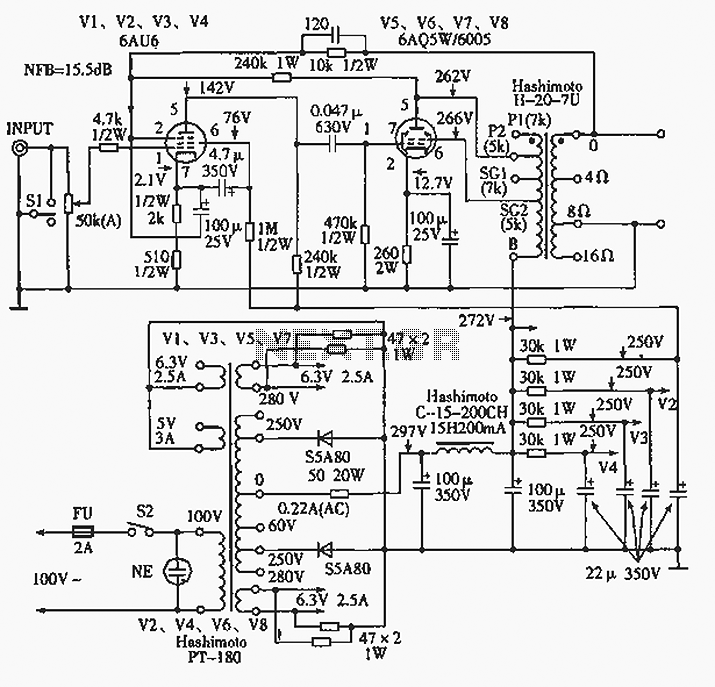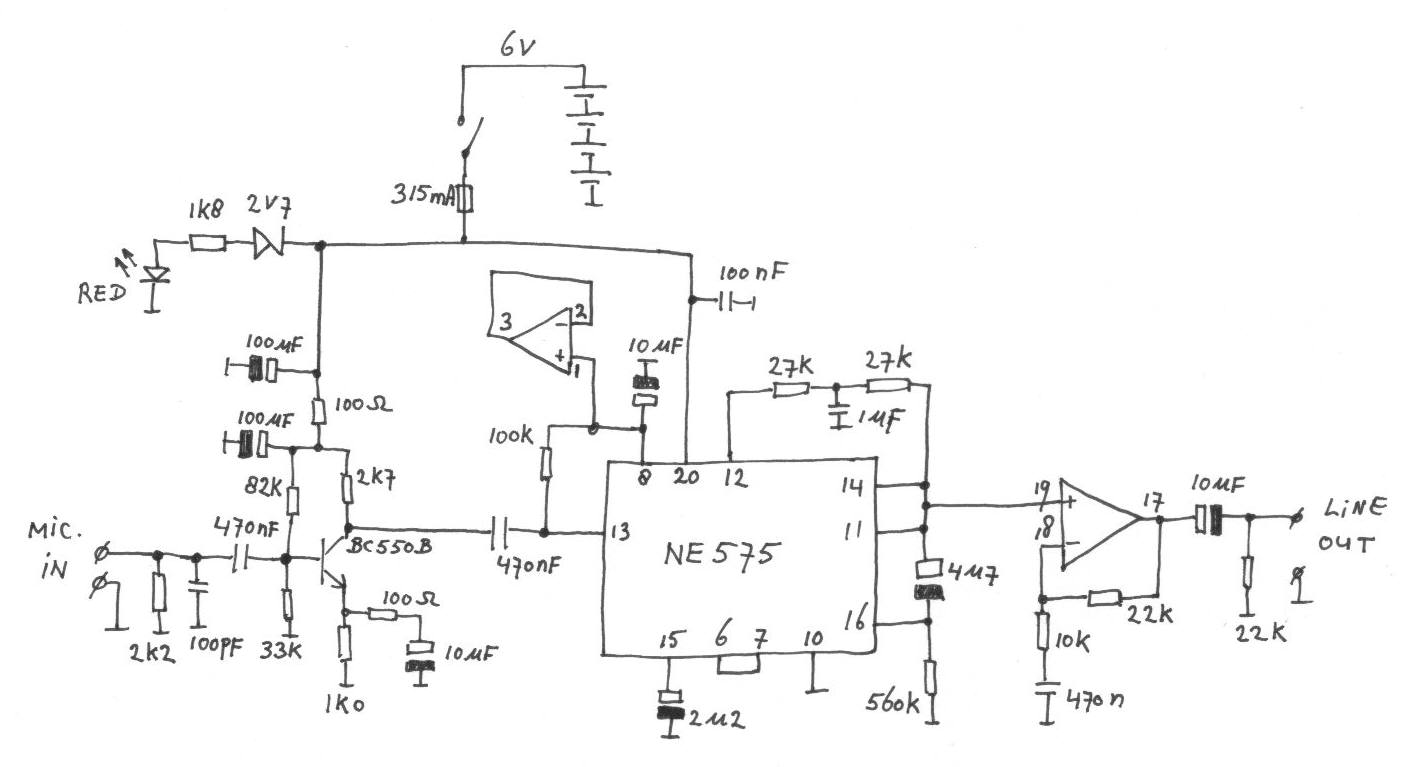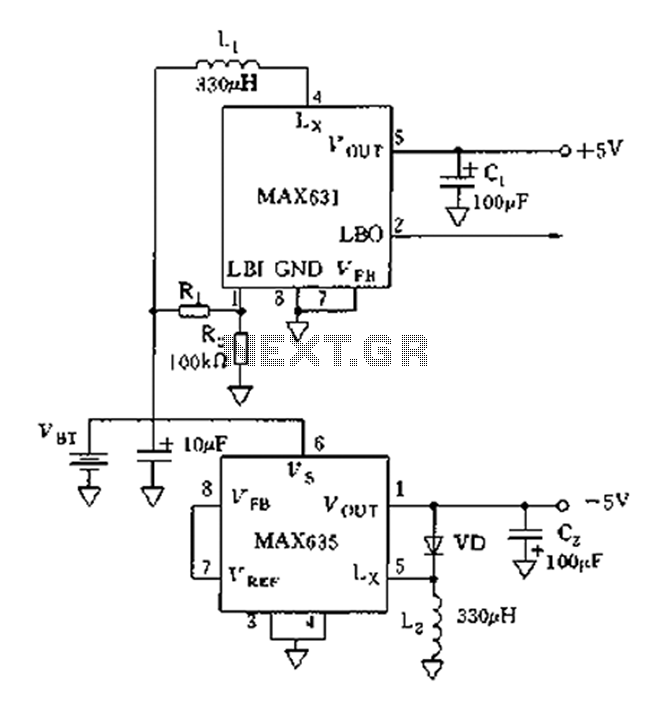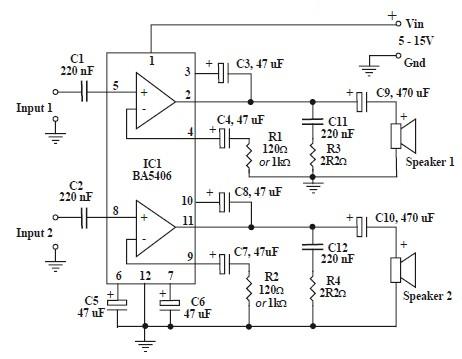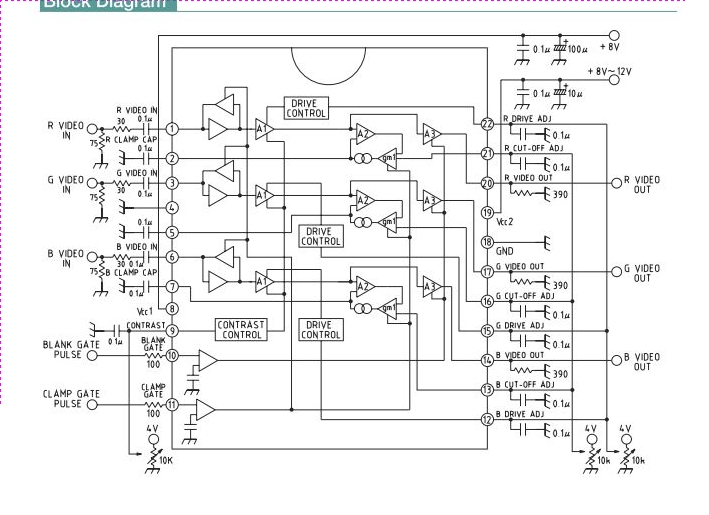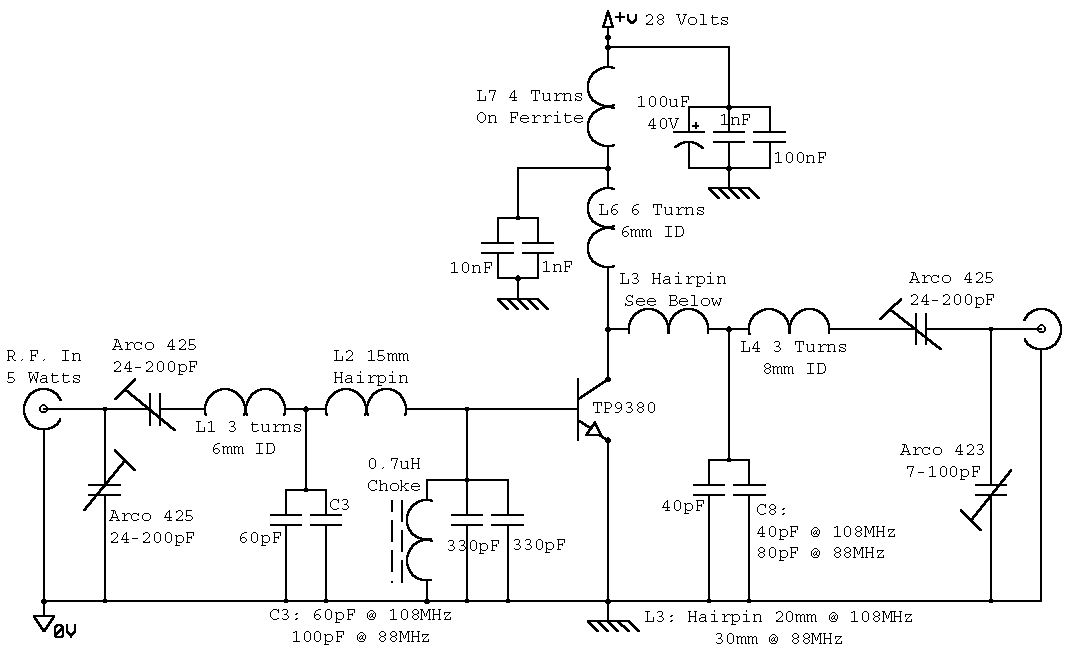
Stereo Tube Amplifier
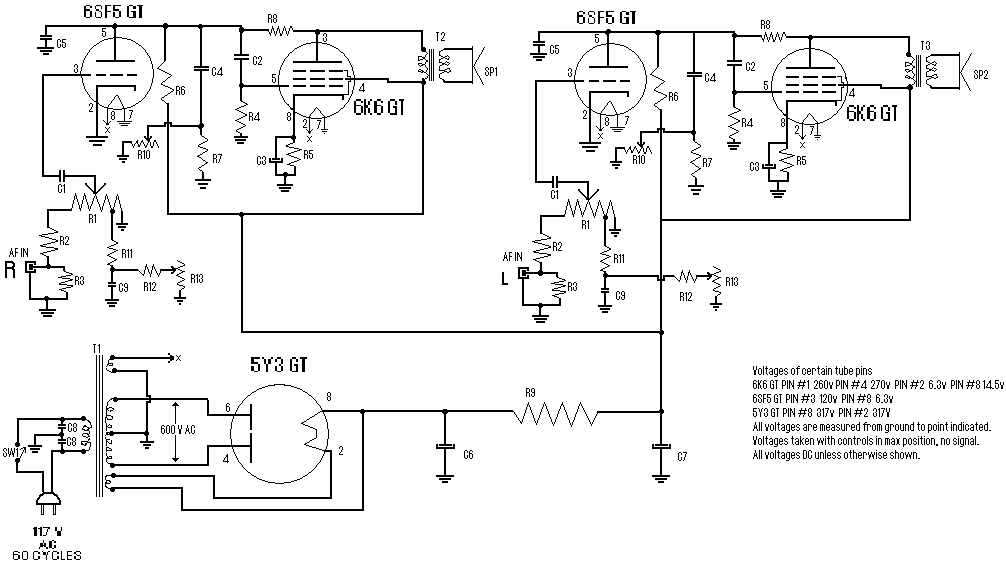
The circuit is simple, yet capable of excellent performance. It is designed specifically for use as an amplifier for the digital sound card in a computer. Audio input can be sourced from any two-channel line level device, such as a television, CD player, or VCR.
The described circuit functions as a two-channel audio amplifier, tailored to enhance the audio output from a digital sound card. The design emphasizes simplicity while maintaining high fidelity, making it suitable for various audio sources, including televisions, CD players, and VCRs.
The circuit typically consists of operational amplifiers (op-amps) configured in a non-inverting amplifier configuration to achieve a gain that is adjustable based on feedback resistor values. Input coupling capacitors are employed to block any DC offset from the audio sources, ensuring that only the AC audio signal is amplified.
The power supply for the amplifier circuit can be derived from a regulated DC source, often +12V and -12V, which is common for op-amp circuits. The output stage may incorporate additional components like output capacitors to prevent DC offset from reaching the speakers or subsequent audio processing stages.
Protection features such as current limiting resistors and thermal shutdown mechanisms might be integrated to prevent damage during overload conditions. Additionally, the layout of the circuit should minimize noise and interference, ensuring that the audio quality remains pristine.
Overall, the circuit provides a robust solution for amplifying audio signals in a compact and efficient manner, making it an excellent choice for enhancing the audio experience in computer-based sound systems.The circuit is simple, yet is capable of excellent performance. I designed it specifically for use as an amplifier for the digital sound card in my computer. Audio input can be from any two-channel line level device such as a television, CD player, or VCR 🔗 External reference
The described circuit functions as a two-channel audio amplifier, tailored to enhance the audio output from a digital sound card. The design emphasizes simplicity while maintaining high fidelity, making it suitable for various audio sources, including televisions, CD players, and VCRs.
The circuit typically consists of operational amplifiers (op-amps) configured in a non-inverting amplifier configuration to achieve a gain that is adjustable based on feedback resistor values. Input coupling capacitors are employed to block any DC offset from the audio sources, ensuring that only the AC audio signal is amplified.
The power supply for the amplifier circuit can be derived from a regulated DC source, often +12V and -12V, which is common for op-amp circuits. The output stage may incorporate additional components like output capacitors to prevent DC offset from reaching the speakers or subsequent audio processing stages.
Protection features such as current limiting resistors and thermal shutdown mechanisms might be integrated to prevent damage during overload conditions. Additionally, the layout of the circuit should minimize noise and interference, ensuring that the audio quality remains pristine.
Overall, the circuit provides a robust solution for amplifying audio signals in a compact and efficient manner, making it an excellent choice for enhancing the audio experience in computer-based sound systems.The circuit is simple, yet is capable of excellent performance. I designed it specifically for use as an amplifier for the digital sound card in my computer. Audio input can be from any two-channel line level device such as a television, CD player, or VCR 🔗 External reference
